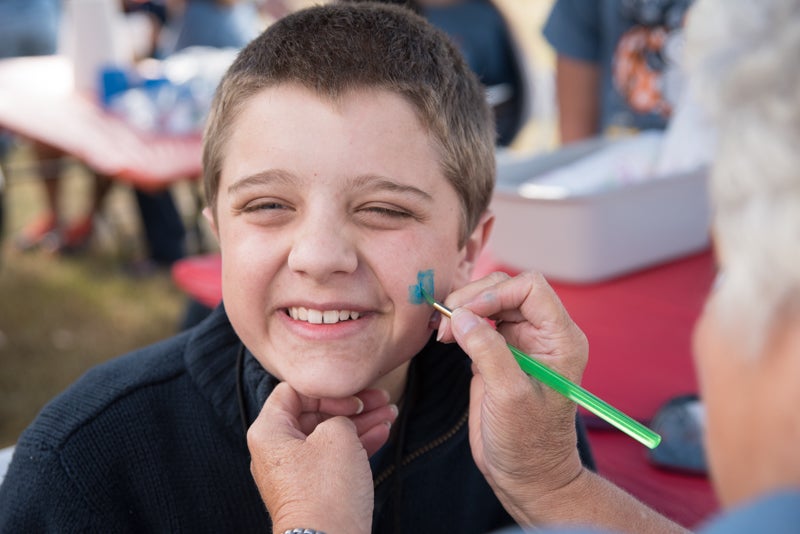Educators get hands dirty
Published 5:55 pm Monday, August 3, 2009
Teachers and professionals swayed like trees inside the Oak Mountain Middle School library July 29 as they discovered environmental education.
They traveled to OMMS to discover Project Learning Tree –– an initiative of the Alabama Forestry Association aimed at teaching environmental education.
“They’re learning about everything from how trees create oxygen to how they minimize flooding to how they are good for the economy,” said organizer Fred Kapp. “They’ll be able to show their students everything from papermaking to invasive species.”
Kapp said the course was a small part of a larger Learn and Serve grant aimed at teaching students how to become involved with their communities.
The grant also provided for a garden to be planted at OMMS. Students planted and mulched several large trees and cleaned up debris on the school’s campus. In February, Kapp and several students planted seedlings. Those seedlings have now grown into Birch trees.
“This is real work. We teach kids how to get dirty,” Kapp said. “It’s important for them to know what it’s like to get out there and do physical work.”
Some of the trees grown replaced aging Bradford Pears lining the school property, others will be donated to Habitat for Humanity or sold. The tree seedlings cost just 25 cents. The trees can be sold for $7.
“I tell my students that money grows on trees and it really does in this state,” Kapp said. “I’m trying to teach the kids there are careers out there that don’t require you to sit in front of a computer all day.”
Kapp said exposing students to environmental fields might inspire them to stay in school and pursue higher education.
Fifteen-year-old Amanda Hallman spent an entire day picking veggies and planting trees.
“My mom saw and e-mail about it and thought it would be a good thing to do,” Hallman said. “Once I got out here I just really enjoyed it.”
High school students must complete a minimum of five hours community service in order to graduate, so this project also fills that need. Kapp said some teachers might not see how environmental education relates to what they do, but it does.
“An English teacher might ask what they can do out here in the garden — well they can teach their students how to keep a journal. A math teacher meanwhile, can teach metric conversion,” Kapp said.
Teachers who completed the Project Learning Tree teacher certification course are now able to apply for classroom grants up to $1,000 per year. Those grants allow teachers to expand the hands-on projects they bring to their students.
“I think it’s real important to learn things hands-on,” Kapp said. “It multiplies the learning effect.”






